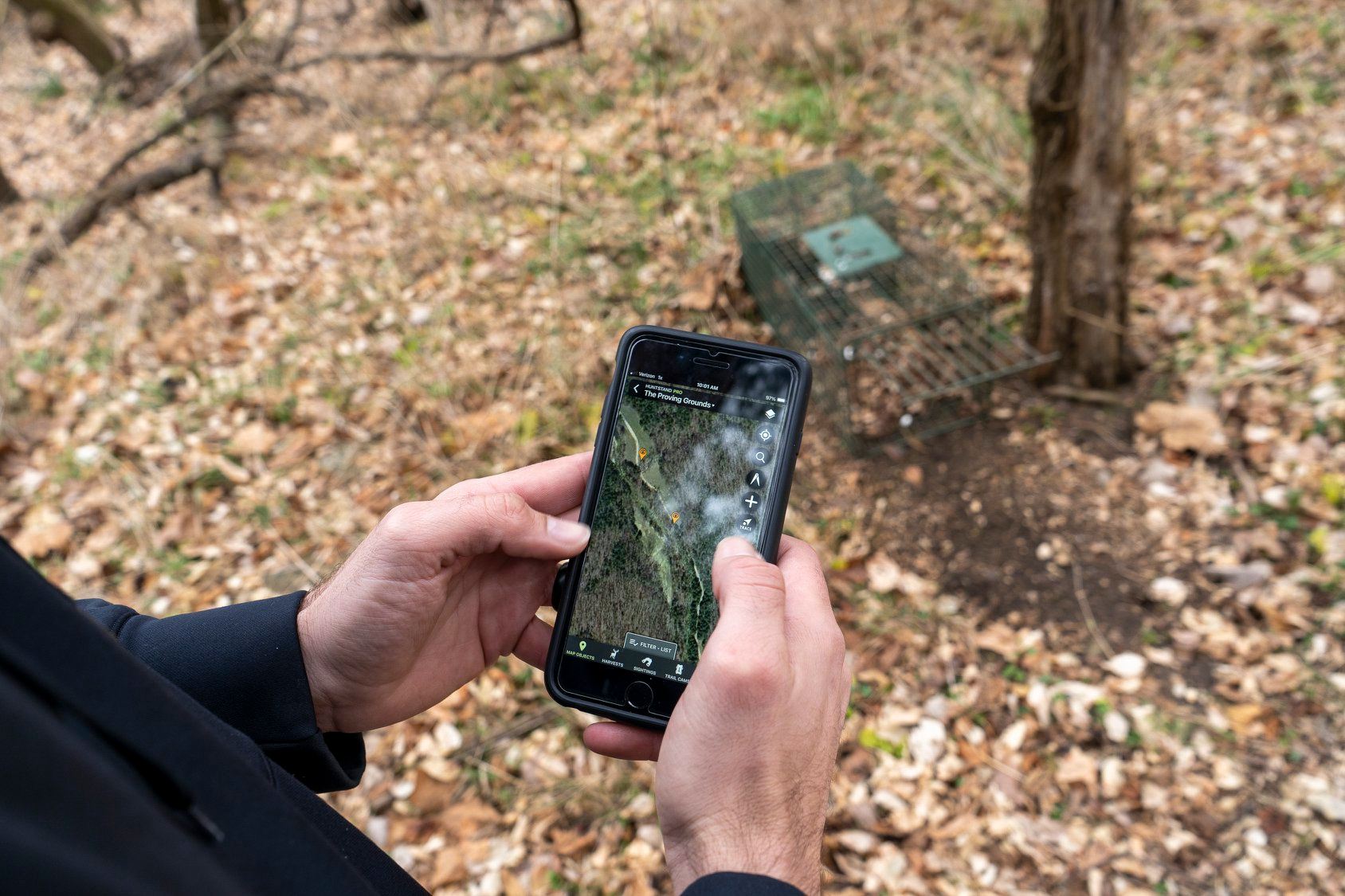Category: Hunting Blog
Rabbit Hunt in the Snow
Team member Danny Naugle took the beagles out during the weekend and enjoyed a great rabbit hunt!
Shed Hunting Tips: Focus!
Here are some tips on the best places to shed hunt so that you maximize your time in the field!
Making Better Habitat: Prescribed Fire Lighting Tip
The fire unit is lit! See this tip on how to help get the job done quicker by making strip head fires.
Trapping Tip: Use Trail Cameras to Scout
We use trail cameras to help monitor nest predator activity. If there is a lot of activity, we’re setting a Duke trap! This technique has been effective and helps save time locating trap locations.
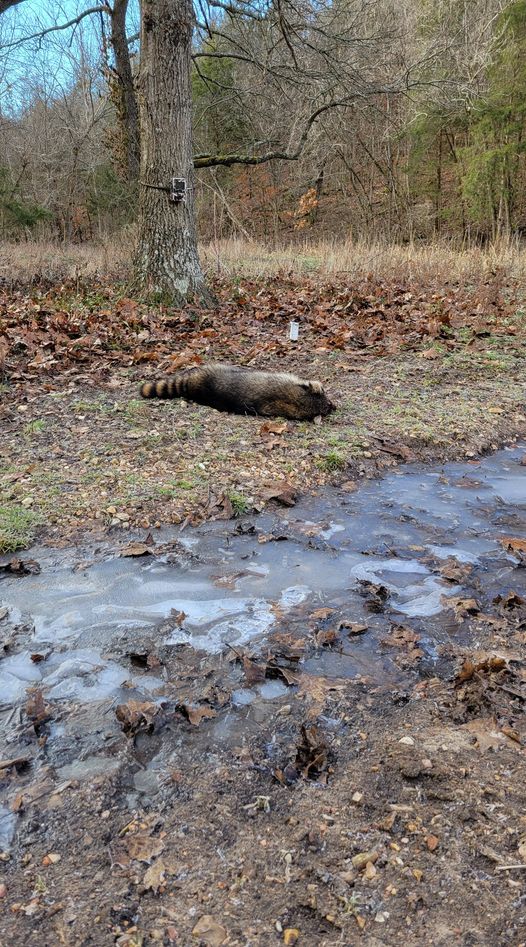
Time to Clean Your Bow: Bow Maintenance
It’s a good time to clean your bow string! After a lot of hours in the hunt stand bow hunters should be doing a little bow maintenance. See the tips Daniel shares in this video to keep your bow in top shape.
How to Estimate Deer Age With the JawBone: Tooth Replacement and Wear
Here is one of the first steps we use to estimate a deer’s age by the jawbone.
Trapping Benefit: Great Furs!
Balancing nest predator numbers can be a great wildlife management tool to encourage healthy prey populations like turkeys, quail, song birds and many others. The end result of trapping, of course, is not just removing predators, but you get these great furs.
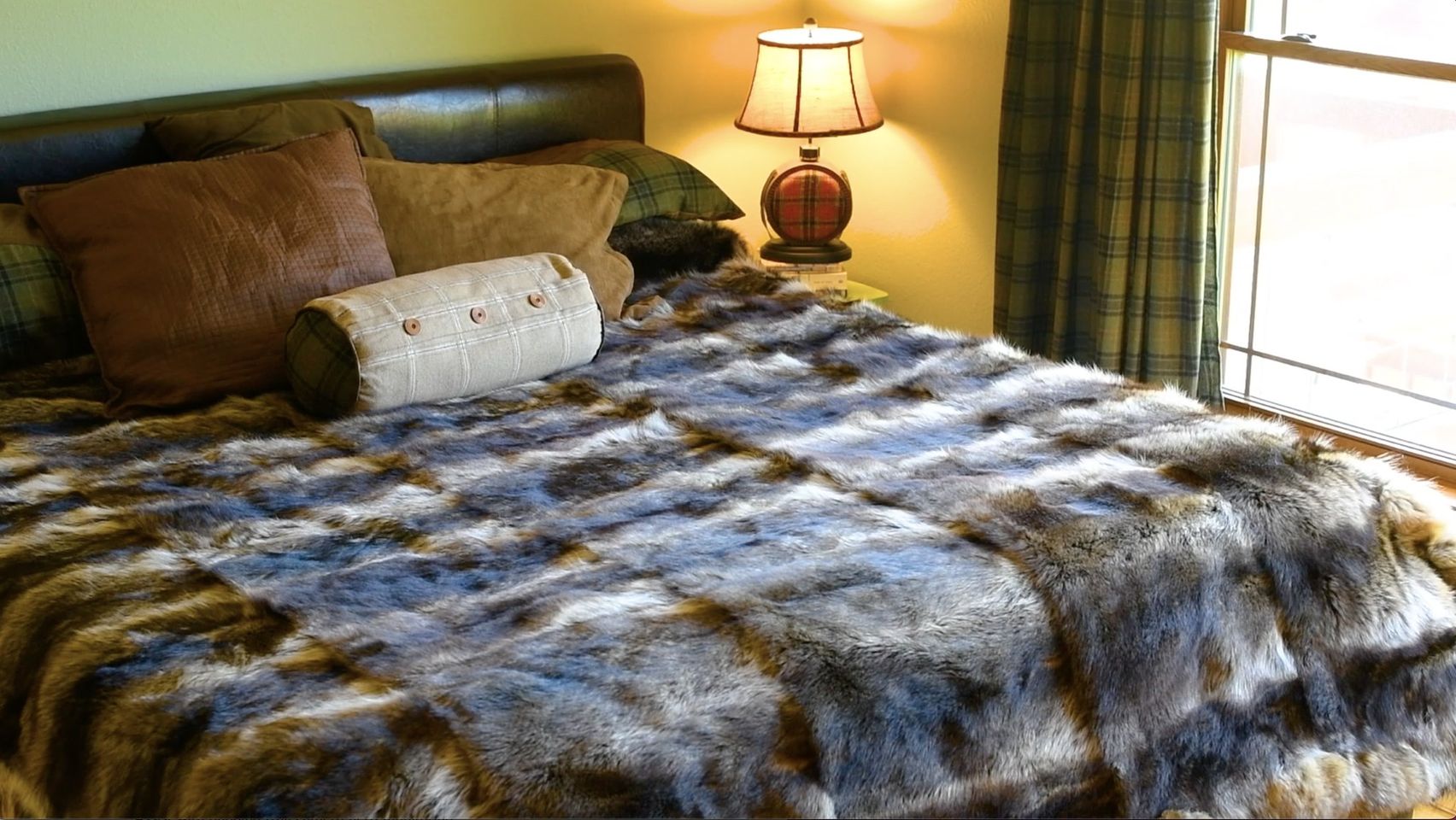
Predators also provide high quality fur that can be used for beautiful, warm blankets like the one we had made a few years ago.
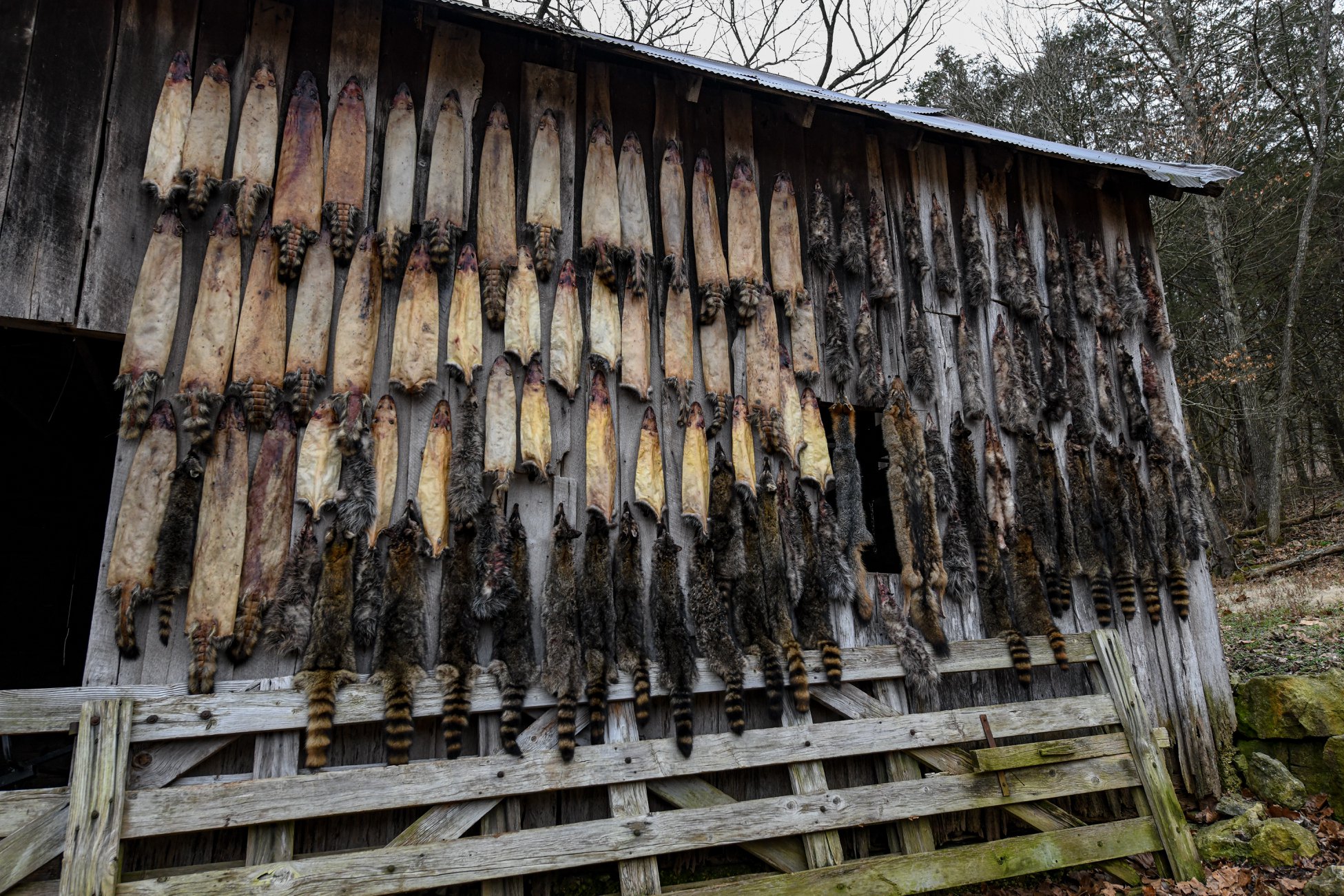
So there’s a real advantage to trapping and just having the hides skinned out. If you don’t have time, take them to a local taxidermist. That’s what we do. They’ll flesh them out. The leather is unbelievable. And then you can preserve the hides. They’re great for use as decorative items.
So, trap for multiple reasons. It’s a great way to get your kids and neighboring kids involved in the outdoors.
Examining Swoops Skull : Lumpy Jaw
After cleaning Swoops’ skull, we found evidence of a forage impaction that eroded a portion of the skull. This is often referred to as “lumpy jaw.” See more details in this video.
Lumpy Jaw isn’t contagious and is raw. http://wildlifedisease.unbc.ca/lumpy_jaw.htm
Scouting from the Skinning Shed: Stomach Content
Every successful hunt is a learning experience. On top of all the excitement from the hunt, we can also gain information for our next hunt.
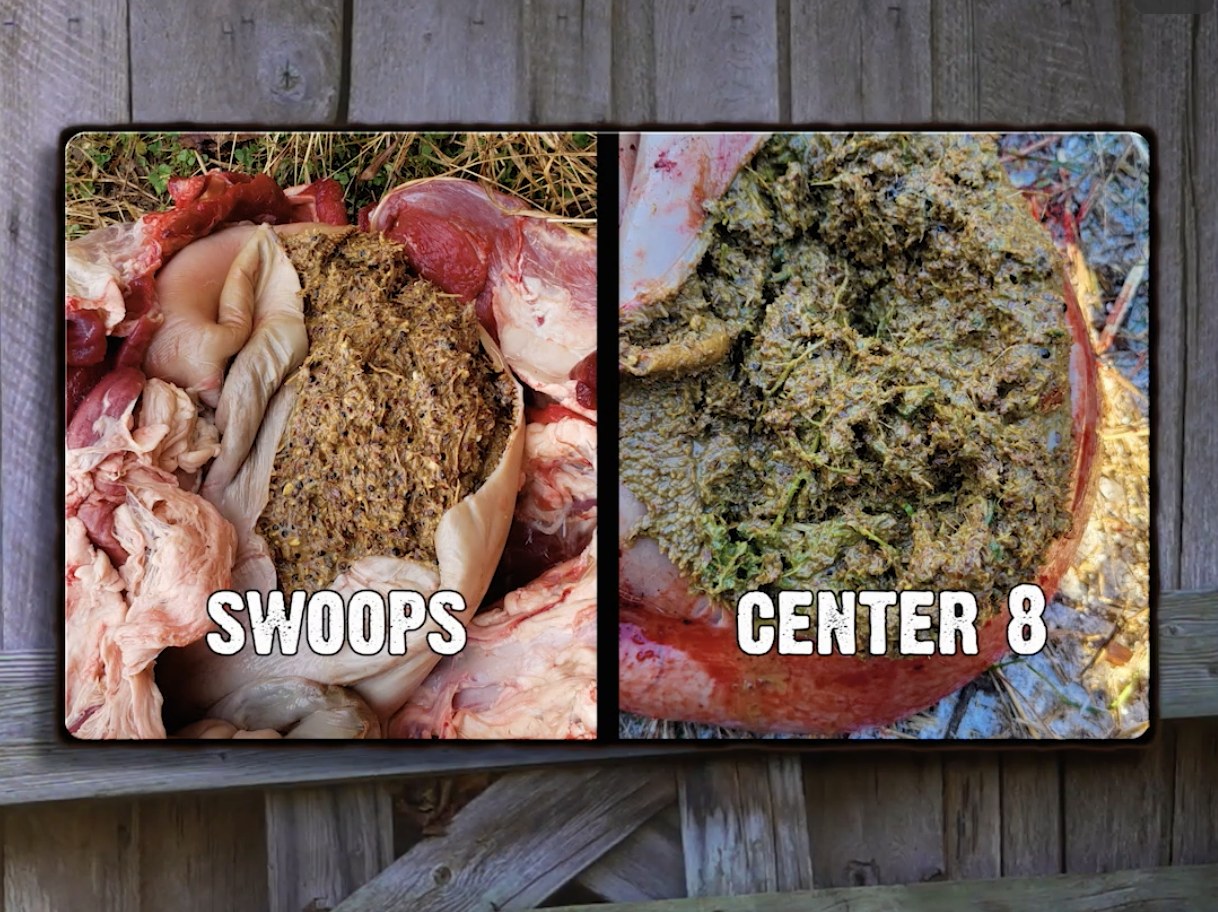
This image is a great example of how preferred food sources can quickly change. This shows the stomach content of two bucks that were harvested 12 days apart (Swoops 12/22 and Center 8 1/03) out of the same plot. Notice how Swoops’ rumen content is brown and primarily acorns with some milo seeds while Center 8 had been eating much more green forage. We call this “scouting from the skinning shed”.
The best way to determine what deer are eating in any habitat is to simply inspect the rumen (stomach) content of a hunter harvested, road killed, etc. deer. This information is current and 100% accurate for that location because deer are selective feeders. They tend to eat the best food available within their range.
Trapping Tip: Share Trap Locations With A Map
We know schedules are crazy and days on the trapline may be limited. Teaming up with a buddy or neighbor that check traps when you can’t is a great way to keep those traps working! HuntStand is a great tool for sharing exact trap locations between multiple people.
